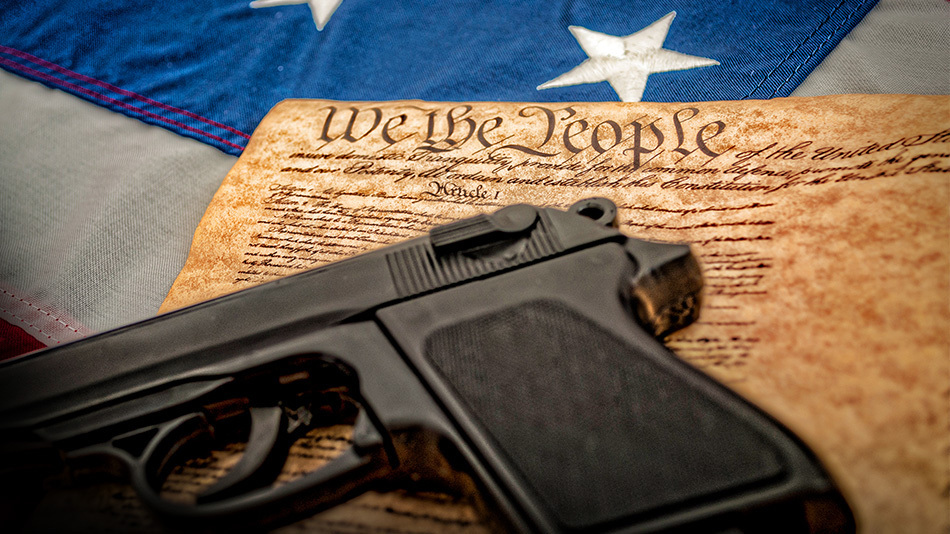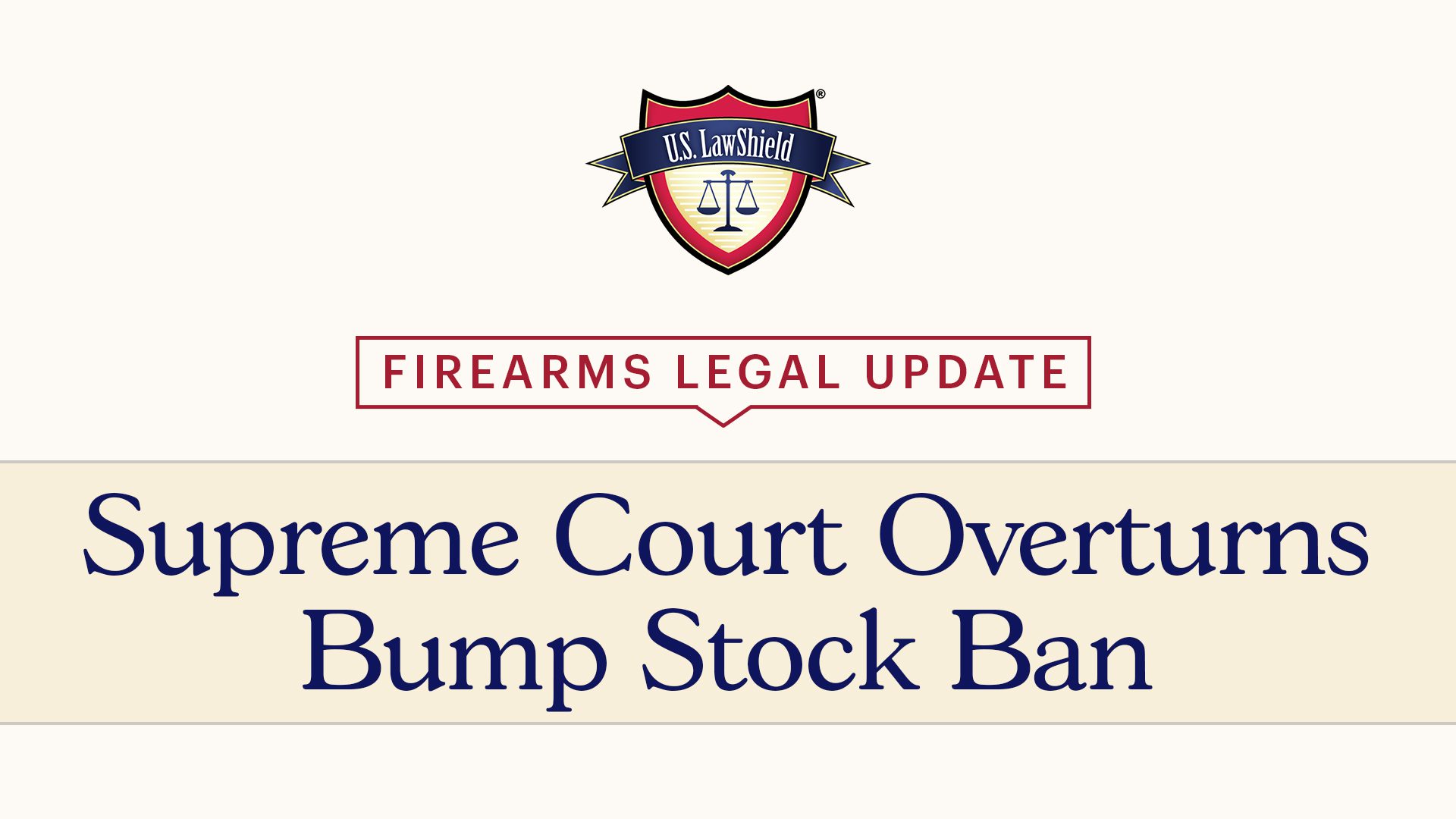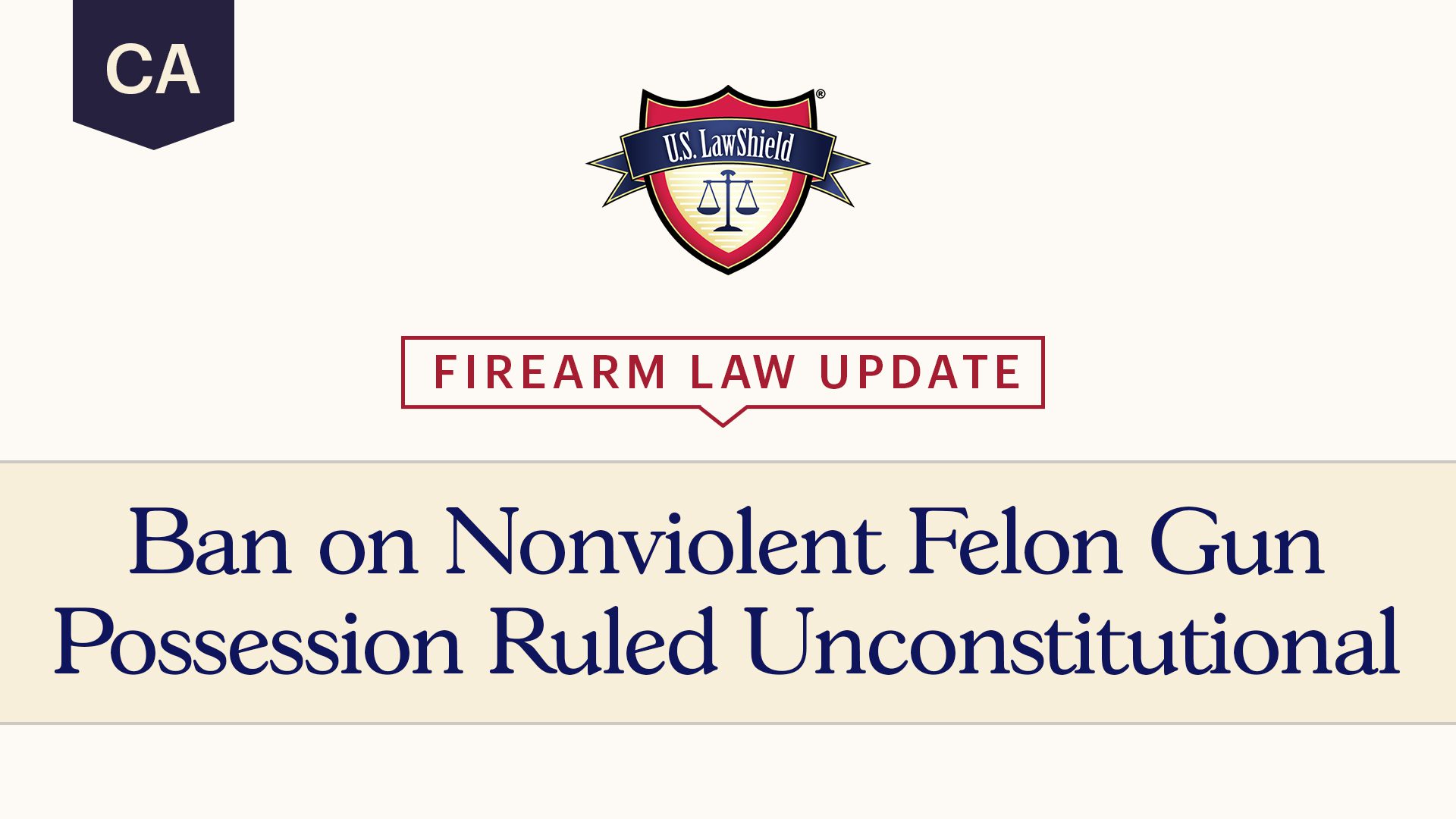
In November, the United States Supreme Court is poised to weigh in on Second Amendment implications for the first time in over a decade. The Court will hear oral arguments in New York State Rifle & Pistol Association, Inc. v. Bruen(formerly known as New York State Rifle & Pistol Association (NYSRPA) v. Corlett), which was granted certiorari (or granted review) to answer whether New York State’s denial of concealed carry licenses to carry a firearm outside the home for self-defense violates the Second Amendment.
The Second Amendment and the United States Supreme Court
There are a lot of unanswered questions surrounding the Second Amendment, and the nation’s highest court has only given so much guidance. Still, there are two foundational cases addressing our right to bear arms that you need to know.
In 2008, the United States Supreme Court heard District of Columbia v. Heller. In this case, a man named Dick Heller applied for a handgun registration certificate and was denied. At the time, the District of Columbia barred the registration of all handguns and prohibited the carrying of any unregistered firearm. Additionally, all lawfully owned firearms, even guns in the house, were separately required to be kept unloaded and disassembled or secured with a trigger lock. There were many circulating views against the Second Amendment, reflected in the Court’s dissents. One heated argument was the Second Amendment was a collective right that pertained to keeping a state-regulated militia or was tied to a general military purpose. Another smoldering argument was that a new level of judicial scrutiny be established to evaluate firearm restrictions—that of balancing the Second Amendment’s protections against governmental interests—which would thereby afford governments more latitude in banning or restricting firearms, even if the Second Amendment was determined to confer an individual right. These arguments were unpersuasive to the Court’s majority and the Court found the regulations unconstitutional. The Court explained that the Second Amendment protects an individual right of firearms ownership for the purpose of self-defense, apart from any militia or military purpose. Additionally, the Court explained that the “central component” of the Second Amendment was self-defense. However, the Court also took the chance to limit the scope of the Second Amendment; the right to bear arms is not absolute—therefore, “reasonable regulations” are possible under the ruling.
McDonald v. City of Chicago
Following Heller was McDonald v. City of Chicago, another United States Supreme Court case. Unfortunately, Hellercame out of a D.C. regulation, rather than a state law, and the Court had to clarify, by a process called selective incorporation, that the states are subject to the Second Amendment through the Fourteenth Amendment. Meaning, the Court had to explain (and did) that the Second Amendment was fully applicable to the states, and states could not infringe on individual’s Second Amendment rights. The Court clarified that the Second Amendment prohibits states from enacting bans on handguns for self-protection in the home. But again, this striking statement is not absolute. Courts have routinely upheld restrictions on firearms, including bans. Certain types of firearms may be banned. Certain people may be barred. Convicted felons generally cannot have firearms. Same for the adjudicated mentally ill, certain minors, and those of unsound mind. Still, some states and cities have gone to extremes and enacted regulations surrounding rights from the Second Amendment that egregiously infringe on law-abiding people. These blistering attempts have ignited a new opportunity for the United States Supreme Court to answer the question: where can people be prohibited by the government from carrying firearms for self-defense?
Since McDonald, the Court has passed up several opportunities to make this distinction and expand on this doctrine, but that may change with NYSRPA v. Bruen.
New York Gun Laws
People often associate the right to bear arms with self-defense. Still, in many states, people must obtain licenses to carry firearms outside the home. For example, New York is a “may-issue” licensing state, where concealed weapons licenses are issued at the discretion of the approving body. This differs from “shall-issue” states, where a weapon carry permit must be issued if the applicant meets all eligibility requirements or “constitutional carry” states, which means a person may legally carry a handgun in certain places outside the home without needing to first obtain a license.
New York State’s “may-issue” licensing scheme requires that people seeking to carry concealed, without regard to employment or place of possession, demonstrate “proper cause,” or a special need for self-protection distinguishable from the bulk of the people. The need must be non-speculative, which means the applicant must demonstrate a concrete need (beyond “general self-defense”) to have a handgun outside the home.
Are There Pro-Gun Supreme Court Justices?
Arguing the case before the Supreme Court is Paul Clement, a former Solicitor General from the George W. Bush administration. Since 2000, Mr. Clement has argued over 100 cases before the United States Supreme Court. He faces a Court that many think is poised to rule favorably on the Second Amendment. In the upcoming case of NYSRPA v. Bruen, the Supreme Court will likely soon decide whether the State’s denial of concealed carry licenses for the purpose of self-defense violates the Second Amendment.
Possible Outcomes
As we all know, anything is possible. It’s possible that the United States Supreme Court could clarify requirements for “may-issue” permit systems or attempt to end “may-issue” permit schemes. It’s possible that the Court says the rule is constitutional and upholds it; it’s possible the Court says that firearms cannot be prohibited by the government outside the home. The anticipated outcome is that the ruling will be favorable to firearm owners, but the ruling could result in a much smaller expansion of gun rights than some hope for.
Regardless of what happens, NYSRPA v. Bruen will be an important case for self-defense, gun rights, and the Second Amendment. The recently appointed justices could help establish a new era of Second Amendment jurisprudence. But the Court could also follow in the footsteps of reserved predecessors.
Arguments in NYSRPA v. Bruen start November 3, and the whole country will be watching.
The information provided in this publication is intended to provide general information to individuals and is not legal advice. The information included in this publication may not be quoted or referred to in any other publication without the prior written consent of U.S. LawShield, to be given or withheld at our discretion. The information is not a substitute for, and does not replace the advice or representation of a licensed attorney. We strive to ensure the information included in this publication is accurate and current, however, no claim is made to the accuracy of the information and we are not responsible for any consequences that may result from the use of information in this publication. The use of this publication does not create an attorney-client relationship between U.S. LawShield, any independent program attorney, and any individual.





We can only Pray the Supreme court helps protect our Second Amendment rights!
with all the commies and marxist 6-3 against any gun rights. soon the 2A will be tested God will be the judge of that one. imo
What can a person do to stop an attack on another person or respond violently to an attack on a person who has attacked another person who you are near?
I guess everyone will have to go all “John Wick” on whomever is attacking you.
Nice thumbnail sketch. I followed both cases when they were in front of the SCOTUS.
I hope that SCOTUS can clarify the issue more fully this time around.
—I have been a Law Shield member since it has been available in my state. I’m glad I’m a member!
these articles ALWAYS inform,empower & enthusiasts, owners & hobby people..THANK YOU; consistently bombarded with mediocre media events, that Indirectly effect our way of life,it feels good to KNOW-I AM NOT THE ONLY ONE ABLE TO FILTER..
Mark, thanks for the support!
“Regardless of what happens, NYSRPA v. Bruen will be an important case for self-defense, gun rights, and the Second Amendment.”
OUR rights, not gun rights. Guns don’t have rights. People do!
Oddly, I believe that the hidden purpose for restricting or eliminating firearm ownership has more to do with re defining citizenship, ultimately to make citizenship meaningless. A citizen has the right to life, liberty, and the pursuit of happiness. A citizen can speak their mind. A citizen can protect their life and property. A citizen can own property and pass it down to heirs. And a citizen has a voice in the government, with the understanding that the government represents his interests and is responsible to him. Absent these rights we are only serfs with rulers. This is the purpose of the Constitution, often obfuscated.
Whatever there decision is, as a law abiding citizen and supporter of the 2nd amendment I will still carry my gun for self defense. home defense and for outside My house
Whatever there decision is, as a law abiding citizen and supporter of the 2nd amendment I will still carry my gun for self defense. home defense and for outside My house
Thanks for the overview. Most helpful. Have been a Law Shield member for many years. Well worth the cost for the benefit of knowing I’ll have legal representation if I ever need it.
George, thanks for being a loyal member!
Some say the Second Amendment means you can join the National Guard.
In that regard, I remember back in 1957, Governor Orval Faubus ordered up the Arkansas National Guard and ordered it to enforce segregation at Little Rock High School. President Eisenhower, upon hearing this, nationalized the Arkansas National Guard and ordered it to enforce integration at Little Rock High School. Thus, the Second Amendment means the Army can have guns.
You don’t need a permit to carry at home so what would be the purpose for ccw if not to leave the home???
Let’s Pray to Jesus the supreme court still has common sense among them to the Constitution!
Rest in Jesus and stay in peace that He’s in charge above all else. God less America!!!